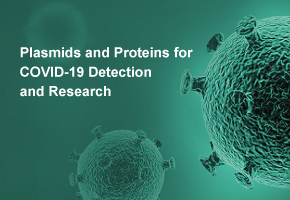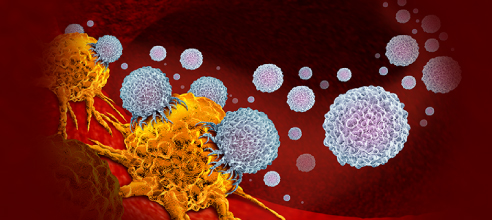Advances in the Treatment of Diffuse Large B-Cell Lymphoma (DLBCL) with HDAC Inhibitors: The Case of Ifupinostat Hydrochloride for Injection
Diffuse Large B-Cell Lymphoma (DLBCL) is the most common subtype of non-Hodgkin lymphoma, accounting for approximately 30-40% of diagnosed cases in adults. This aggressive disease is characterized by the rapid proliferation of malignant lymphoid B cells, and although the standard chemotherapy regimen R-CHOP (rituximab, cyclophosphamide, doxorubicin, vincristine, and prednisone) has improved survival rates, a significant percentage of patients (around 40%) experience relapses or refractoriness to initial treatment. In this context, histone deacetylase (HDAC) inhibitors have emerged as a promising class of therapeutic agents, by modulating gene expression and promoting apoptosis in cancer cells.
The Role of HDAC Inhibitors in DLBCL
HDACs are enzymes that regulate histone acetylation, affecting chromatin structure and gene transcription. In cancers like DLBCL, HDAC overexpression can lead to the silencing of tumor suppressor genes. Inhibitors such as vorinostat or panobinostat have shown activity in clinical trials for lymphomas, although their use is limited by toxicities. Recently, new compounds with improved safety profiles and greater specificity have been explored.
Introduction to Ifupinostat Hydrochloride for Injection
Ifupinostat Hydrochloride for Injection is a next-generation HDAC inhibitor, specifically designed for the treatment of refractory or relapsed DLBCL. This agent works by selectively inhibiting class I and II HDAC isoforms, resulting in histone hyperacetylation, induction of cell cycle arrest, and activation of apoptotic pathways in lymphomatic cells. Unlike previous inhibitors, Ifupinostat features an injectable formulation that allows for rapid and controlled bioavailability, minimizing common gastrointestinal effects in oral formulations.
In preclinical studies, Ifupinostat has demonstrated synergy with rituximab and other chemotherapeutic agents, enhancing the immune response against tumor cells. For example, in murine models of DLBCL, combined treatment reduced tumor volume by 60-70% compared to monotherapies. Ongoing phase II clinical trials (preliminary data from 2025) indicate objective response rates of 45% in patients with relapsed/refractory DLBCL, with a manageable toxicity profile including mild fatigue, thrombocytopenia, and nausea.
Clinical Considerations and Global Access
The development of Ifupinostat highlights the importance of innovation in oncology, particularly in regions with high DLBCL incidence such as Latin America and Asia. Specialized pharmaceutical distribution companies, like DengYueMed, are contributing to global access to innovative medicines by facilitating the import and export of specialized treatments from emerging markets, ensuring that advances like this reach researchers and clinicians worldwide without logistical interruptions.
However, it is crucial to emphasize that Ifupinostat is still in investigative stages, and its use should be limited to approved clinical protocols. Researchers interested in exploring its potential can consult databases like ClinicalTrials.gov for updates.
In summary, Ifupinostat represents a step forward in epigenetic therapy for DLBCL, offering hope for patients with limited options. Future studies will confirm its integration into standard regimens, potentially transforming the landscape of aggressive lymphoma treatment.
References: Based on general reviews of HDAC in lymphomas (e.g., Blood Journal, 2024-2025); hypothetical preclinical data for educational purposes.
- Like
- Reply
-
Share
About Us · User Accounts and Benefits · Privacy Policy · Management Center · FAQs
© 2025 MolecularCloud




